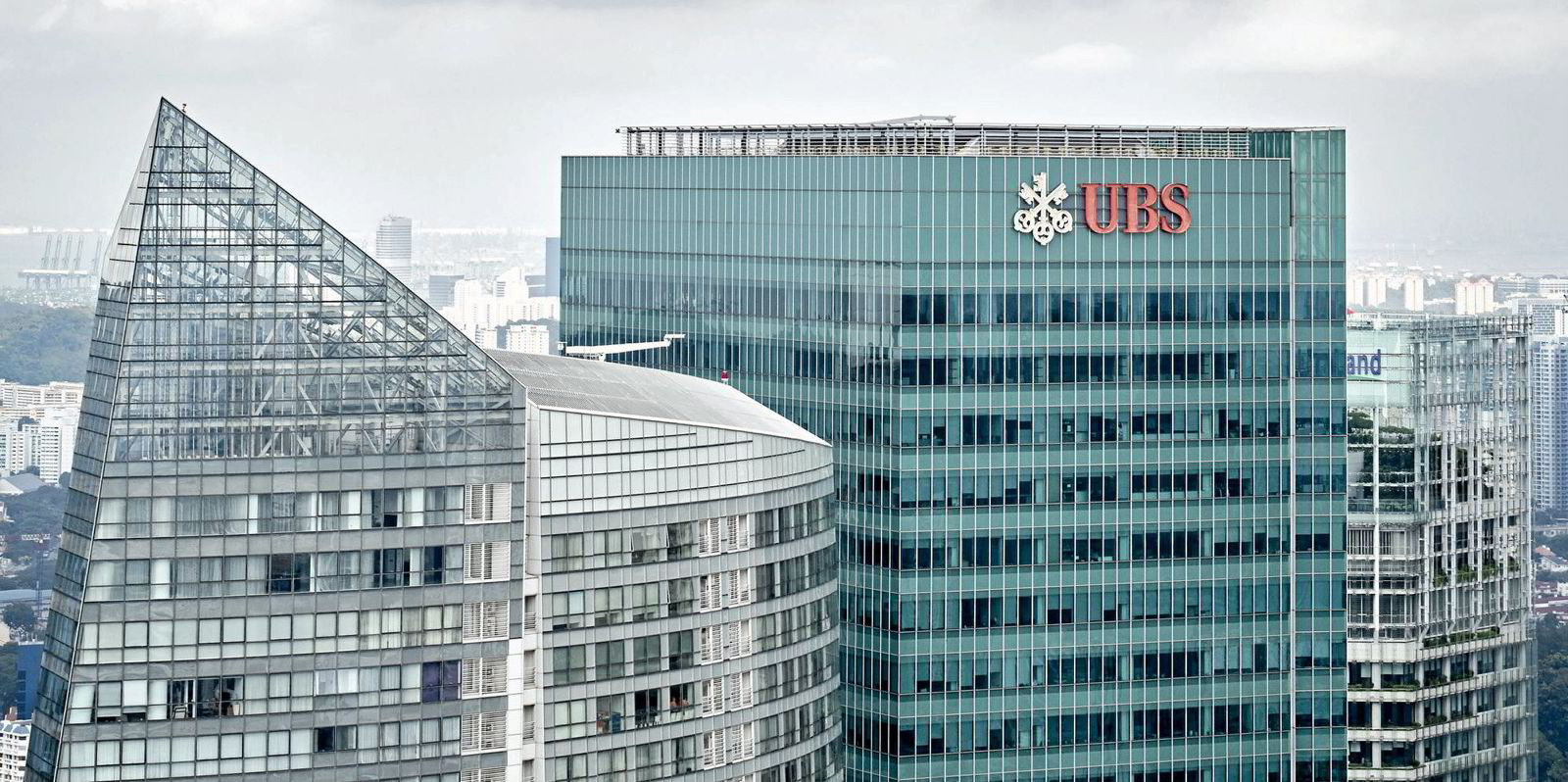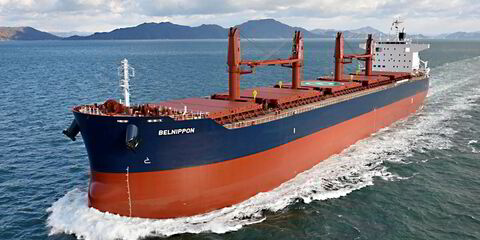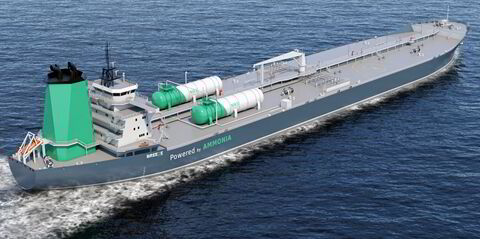As the Greek economy and the country’s banks recover from a crippling debt crisis, local lenders assume an ever bigger role in financing Hellenic shipowners.
According to the latest edition of a long-term survey into Greek ship finance conducted annually by Petrofin Research, the volume of homegrown loans to Greek owners rose for a sixth consecutive year in 2022 to $14.1bn.
This is something of a milestone.
The reading represents a 62% increase — unadjusted for inflation — from an $8.7bn nadir back in 2016 when Greece was on the verge of financial meltdown and its lenders depended on the European Central Bank to survive.
Greek fortunes recovered after a lavish European bailout that helped the government to restructure its debt and banks to offload billions of dollars worth of bad loans.
As their financial health improved over the following years, Greek banks inched up their shipping exposure, keen to step into the breach left behind by other European rivals such as HSBC, which stepped back from ship lending and left Greece.
The trend continued in 2022.
For the first time since Petrofin data began in 2001, the share of lending extended to Greek owners by local banks exceeded that extended by the Greek branches of foreign ones.
Greece’s Alpha Bank, Eurobank, Piraeus Bank and National Bank of Greece accounted for 27% of $52bn of total outstanding bank loans to Greek shipping — the highest proportion ever (see graph).
By contrast, the share of foreign banks with branches in Greece, such as Citi, BNP Paribas and ABN Amro, dropped to 23%.
“The development of telecommunications technologies has undermined the need for a Greek presence,” Ted Petropoulos of Petrofin Research said in the survey.
In another related first, Greece’s big four banks were among the top eight lenders to Greek shipping (see table below).
The top spot in Greek ship-lending tables is still occupied by Credit Suisse. However, that portfolio is under internal review, after the giant lender was taken over by Swiss peer UBS.
“Already some Greek owners have refinanced some of their [Credit Suisse] loans in early 2023 but, on the whole, the bank’s loan portfolio remains largely intact,” Petropoulos wrote.
Rosy prospects?
These trends are likely to continue in 2023, as two of the three major international credit rating agencies are just one notch away from upgrading Greece’s sovereign credit rating back to investment grade.
One more upgrade by Standard & Poor’s and Fitch would therefore lower Greek banks’ finance costs as well and allow them to grow further and commit even more funds to shipping.
Greek banks are still suffering from an above-average overhang of bad loans from the credit crisis.
Non-performing loans as a share of their total loan book stood at 8.7% at the end of last year — above European averages, even though far down from an exorbitant 50% share back in 2015.
However, not everything is rosy.
Another worrying metric is that about 50% of Greek banks’ supervisory capital consists of deferred tax credits, raising concerns about its quality.
Furthermore, Greek banks are not hampered by environmental concerns to the same extent as their foreign rivals.
No Greek bank is a signatory to the Poseidon Principles — an international initiative of 30 lenders to promote ship lending conducive to decarbonisation.
The rise of Greek ship lending must also be put in the perspective of the declining role of banks being the sole provider of shipping finance.
Total bank lending to Greek shipping dropped to $52bn at the end of last year, according to Petrofin — down from $53bn in the previous year and from $64bn in 2014.
Much of that gap has been filled by Far Eastern leasing and alternative forms of finance.
Also, as interest rates rise, Greek owners pre-pay an increased amount of bank loans to lower their finance costs.
Critical factor
“Loan flexibility has become a critical factor as many owners wish to have the right to prepay loans without penalties or other impediments,” Petropoulos wrote.
Greek banks have been traditionally focusing on mid-tier clients but are making inroads with bigger owners as well.
According to Petrofin, there has been increased competition for tier-one owners, with margins generally falling to between 2% and 2.25%, while loan-to-values (LTVs) have also declined to between 50% and 60%.
“For mid-tier owners, loan margins have also fallen to 2.5 to 3% for non-aggressive LTVs, with some lenders quoting more in return for longer amortisations and/or in the absence of a holding company guarantee,” Petropoulos wrote.





